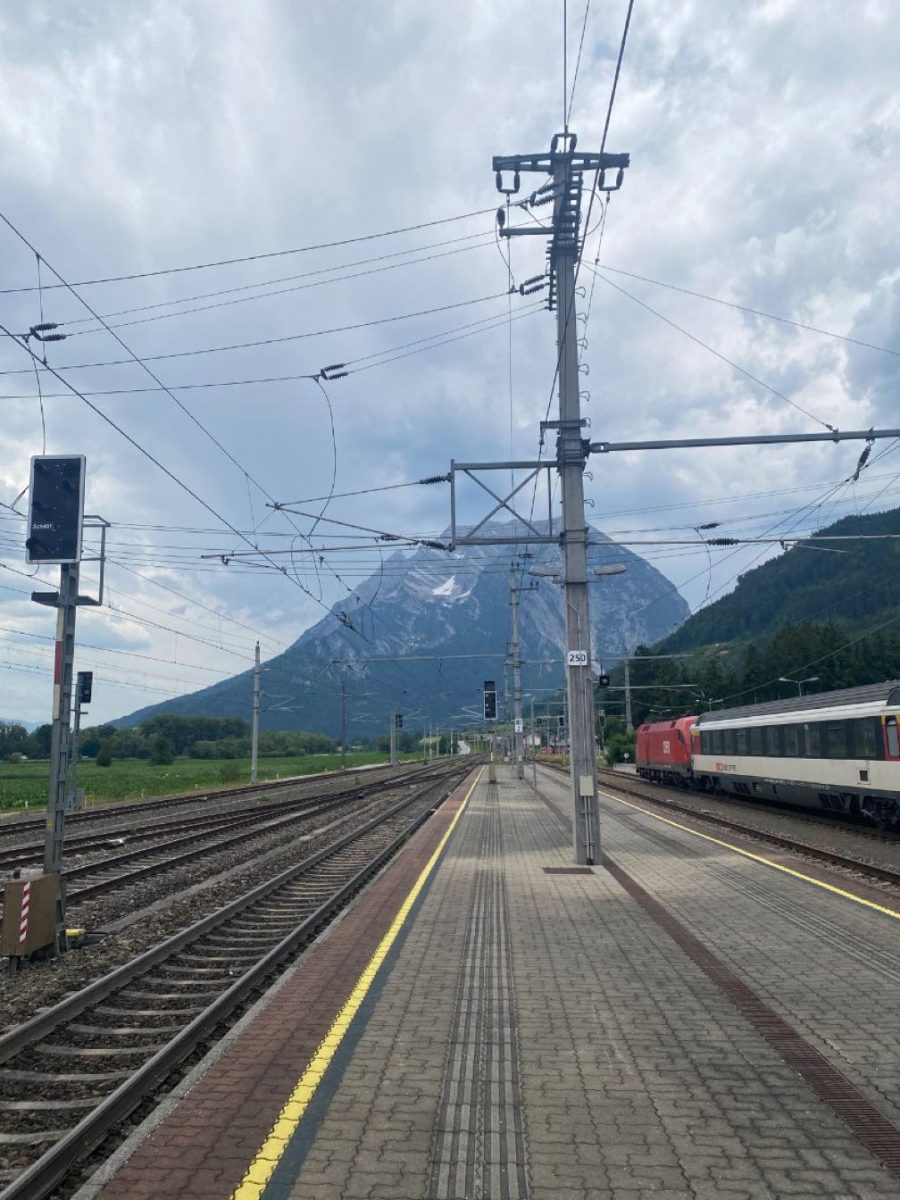On December 8th, the Biden-Harris Administration announced a near $6 billion funding plan for a new high-speed rail system between California and Nevada.
This new system will serve over 11 million passengers in California. Connecting California’s Central Valley with a 500-mile project, this new rail system will allow for easy travel between Los Angeles and San Francisco, and the high-speed rail is expected to reach speeds of 220 mph.
Development on the East Coast is also a part of Biden’s infrastructure plan. New funding will revamp existing railways in Virginia, North Carolina, and the District of Columbia. Chicago Union Station in Illinois, one of the nation’s busiest rail hubs, is also receiving a state-of-the-art renovation.
Pushing towards a future in American railways, the Biden Administration plans to service to cities that have historically lacked access to America’s rail network. Additionally, the Biden Administration hopes to address the exorbitantly high carbon emissions from cars in the United States.
Experts believe that high speed rail will not only decrease traffic congestion on the United States’s major national highways, but also create more government jobs for hospitality staff, engineers, and city planners in America’s largest cities.
Senior Owen Stoltz, who has a passion for American politics, believes that high-speed rail is going to be a hot-topic upcoming elections. “I think high speed rail has the potential to be a major mode of transportation if implemented successfully. Other countries have succeeded with it and if done properly, the US should be no different. Going into the 2024 general election, I think that many candidates will voice their opinions on high-speed rail and other transportation alternatives.” he said.
Similarly, senior David Todd, who plans to study mechanical engineering and work in the automobile industry, looked to the future of American transportation with interest. “It really depends on how many people are utilizing high-speed rail as a regular form of transportation. If it is used to replace long distance automobile travel it could be viable, but it will take a while to catch on. The United States already has lots of infrastructure built around cars, so it would need to be implemented in the correct areas to greatly reduce the amount of people traveling in vehicles,” he stated.
European countries have long-standing railway systems, including high-speed rail. The major railway system, EUrail, connects 33 countries and provides quick transport for tourism and commerce. As the United States government continues to navigate its implementation of high-speed rail, using European infrastructure as a guideline seems to be the direction to go.
Although the United States is at its early stages of implementing high-speed rail, the future is filled with growth, and as cities grow the need for transportation will grow too.










zaine • Mar 24, 2024 at 9:30 pm
I agree that this could be a very useful method of transportation and I also agree with the fact that this could and probably will be talked about in the time surrounding the next election.
Suleman Chaudhry • Feb 25, 2024 at 9:12 pm
Ashwin
I do agree this will be a hot topic in the next election. most other developed 1st world nations have a robus train system. Namely those in europe, as well as 1st world east asian nations. I would be nice if they came here as congestion.
Miah • Jan 26, 2024 at 12:46 pm
I can see how this can be a useful solution in more trafficked areas and think it could be greatly beneficial but a concern may be the time frame or how long to build all this when it is going to be possibly located on different sides of the country.
Lee • Jan 5, 2024 at 10:44 am
Rail is always saddled with the terminal problem: what to do to get between train station and where you are, and where you want to end up.